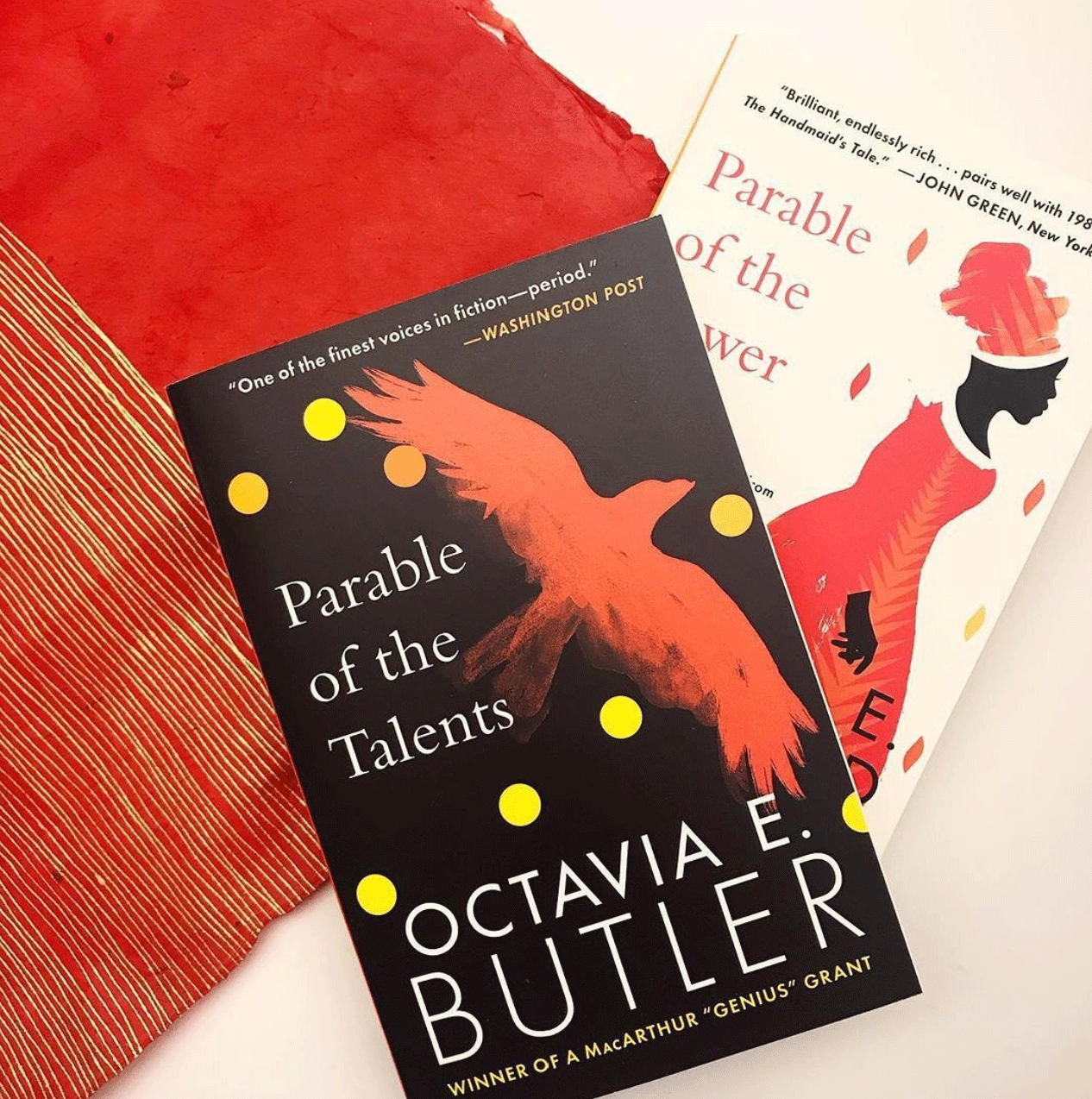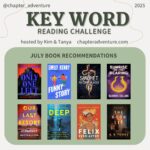Apocalyptic and post-apocalyptic fiction is a sub-genre of science fiction that explores the collapse of civilization and life in its aftermath. There are countless scenarios that could lead to the world’s end, and here are three books that present unique and imaginative visions of societal breakdown.
Killer Plants
The Day of the Triffids, John Wyndham
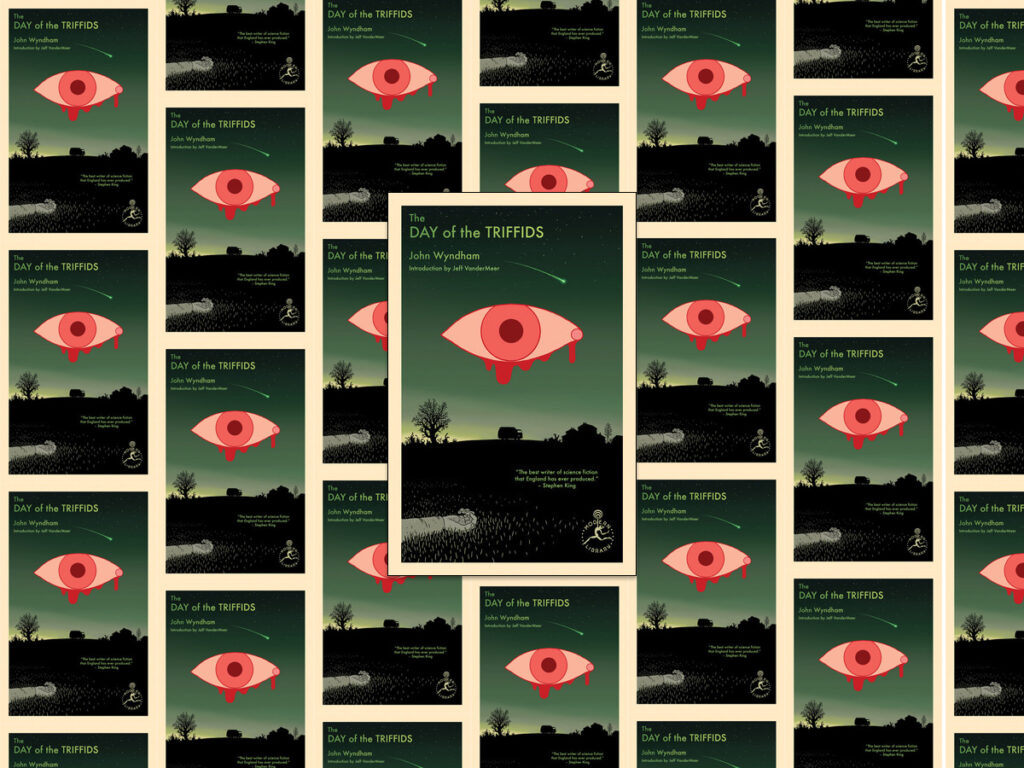
The triffids are grotesque and dangerous plants, over seven feet tall, originally cultivated for their yield of high-grade oil. So long as conditions give the mastery to their human directors, they are a valuable asset to mankind. But when a sudden universal disaster turns those conditions upside down, then the triffids, seizing their opportunity, become an active and dreadful menace.
In John Wyndham’s The Day of the Triffids, killer plants didn’t exactly cause the apocalypse – a worldwide epidemic of blindness caused by a meteor shower did. But huge 7 foot+ tall plants known as Triffids took advantage of the turmoil to try and wipe out humans. And did I mention … these plants can pull their roots out of the ground and walk?! This 1950s classic is really about survival in the midst of disintegrating society when the hubrous of humanity, bioengineering semi-sentient mobile carnivorous plants back when our supremacy was a given, helped cause our downfall, and of course, continues to present obstacles to survival. The writing style is very matter-of-fact, neutral and unembellished. The story is told through the eyes (pun intended) of the main character Bill, who’s trying to navigate this new World that’s fraught with danger at every turn.
Slow Rotation of the Earth
The Age of Miracles, Karen Thompson Walker
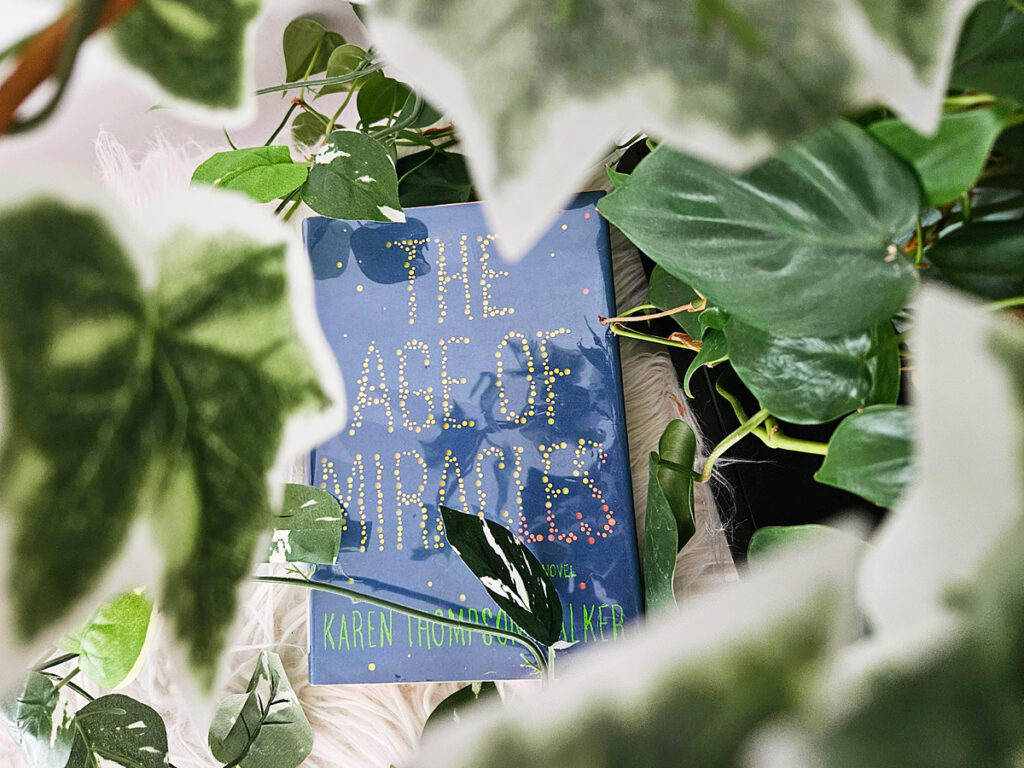
On an ordinary Saturday in a California suburb, Julia awakens to discover that something has happened to the rotation of the earth. The days and nights are growing longer and longer; gravity is affected; the birds, the tides, human behavior, and cosmic rhythms are thrown into disarray. In a world that seems filled with danger and loss, Julia also must face surprising developments in herself, and in her personal world: divisions widening between her parents; strange behavior by her friends; the pain and vulnerability of first love; a growing sense of isolation; and a surprising, rebellious new strength.
In The Age of Miracles “the slowing,” a phenomenon where the Earth’s rotation is slowing, has profound effects on the planet and its inhabitants. This scenario is definitely not out of the realm of possible, which is what freaks me out the most! As the rotation of the Earth begins to slow, the days and nights grow longer and longer, gravity is affected and the environment is thrown into disarray as plants die and as a result, the World’s food crops start diminishing.
This book takes you through the days of the slowing and details what it’s like to live through an apocalypse – the real and emotional consequences of thinking the World WILL end some time soon, and the life – sort of coming of age – of an 11 year-old girl. I liked the contrast between such a huge Earth changing event happening, and the seemingly “mundane” things that Julia, as an 11 year-old, still thought about – boys, friends and loneliness. It was a good reminder that while big, dramatic things are happening, we still have to live and attend to our lives & emotions.
Common Drugs
Feed, Mira Grant
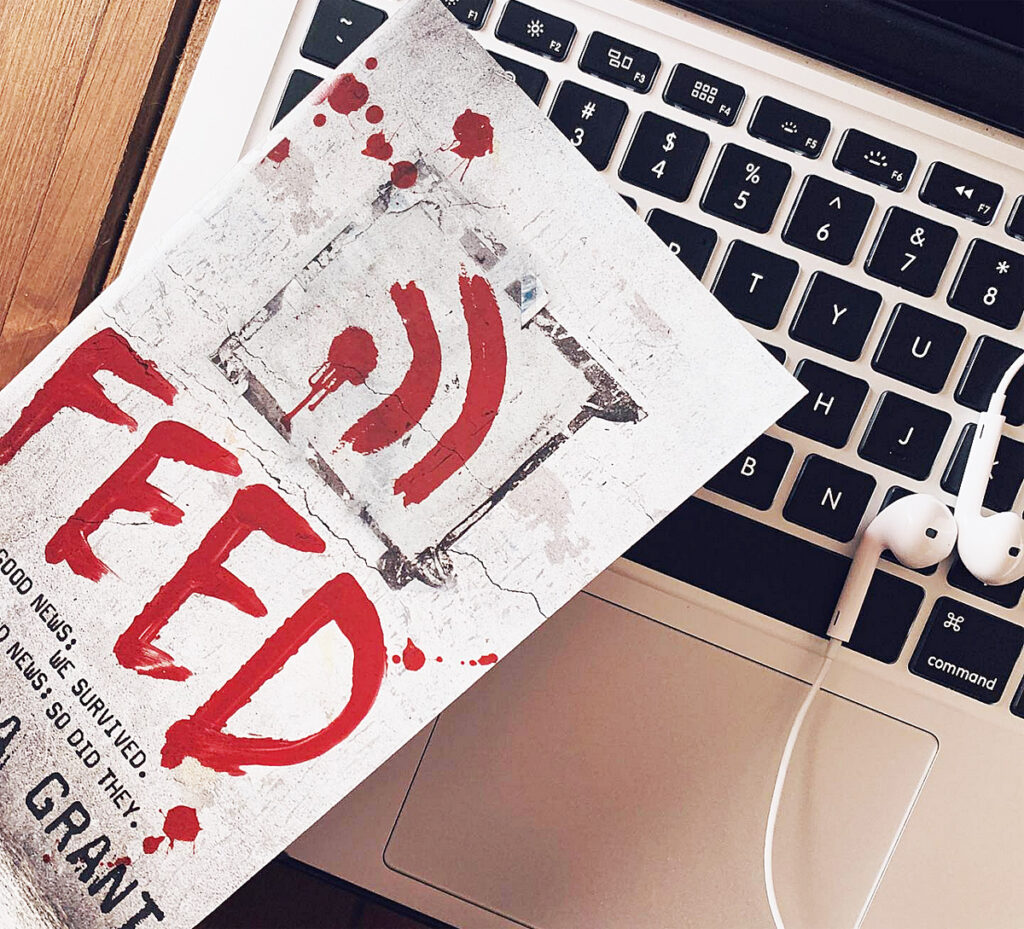
The year was 2014. We had cured cancer. We had beaten the common cold. But in doing so we created something new, something terrible that no one could stop. The infection spread, virus blocks taking over bodies and minds with one, unstoppable command: FEED. Now, twenty years after the Rising, bloggers Georgia and Shaun Mason are on the trail of the biggest story of their lives – the dark conspiracy behind the infected. The truth will get out, even if it kills them.
Props for a unique book with a presidential campaign + zombies + bloggers. The narrative in Feed unfolds years after zombies have overrun society, showcasing how communities have adapted to the constant threat with a range of protocols and security measures. I appreciated the intricate details that highlighted both the changes and the enduring aspects of life in this new reality. This isn’t your typical zombie novel—don’t expect a relentless focus on zombies devouring the living. Instead, it’s heavily character-driven, and the author excels at immersing us in their psyches, allowing for vivid visualization. While there were moments of repetition and an excess of detail, the overall experience was compelling and timely, especially in a post-Covid context.
These books all explore the fragility of human existence in the face of catastrophic change. Which books would you recommend in this genre?


